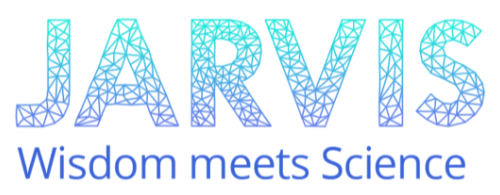1. Hammer and Hanging Man
Both the Hammer and the Hanging Man candlestick patterns possess one thing in common - a small body near one of the price range ends, with a long lower shadow and little or no upper shadow. A Hammer, which indicates that sellers were unable to keep the downward momentum any longer, often comes after a decline and implies a possible bullish reversal. On the other hand, after an uptrend, we typically see a Hanging Man; this signals a potential bearish reversal as buyers cannot push prices up anymore. What these two patterns do well is show where traders' sentiments change most frequently. However, it's still necessary to confirm them using other indicators before making any trading decisions.
2. Engulfing Patterns
In candlestick charts, engulfing patterns are important signals of reversal. A bullish engulfing pattern arises when a big bullish candle covers the whole of the prior small bearish one, which indicates likely upward momentum. A bearish engulfing pattern appears when a large bearish candle completely engulfs the preceding smaller bullish candle, implying potential downward movement. These patterns imply a shift in market sentiment from bullish to bearish and vice versa, often prompting traders to consider entering or exiting positions based on the strength and context of the engulfing pattern relative to market conditions.
3. Doji
The formation of a doji candlestick pattern is when the open and close prices are very close or identical so that a cross-like shape is formed with little or no body. It implies market uncertainty and possible change in direction. A balance between buyers and sellers may be suggested by a doji; depending on its position relative to nearby candles and market context, it can potentially signal a change in trend direction. Many traders seek validation from various other technical indicators or chart patterns before making trading decisions based on a doji's creation.
4. Morning Star and Evening Star
Technical analysts use a three-candlestick reversal pattern known as the Morning Star and Evening Star. The Morning Star happens after a downtrend and is made up of one very big bearish candle, then a small indecisive candle (often a doji or spinning top), followed by another big bullish candle that closes above the midpoint of the first one. This may indicate an upcoming upward trend reversal. On the other hand, during an uptrend, the Evening Star comes about with one large bullish candle, then a small candle, and finally another big bearish one, showing a potential downward reversal.
5. Dark Cloud Cover and Piercing Line
Dark clouds cover form when a bearish candle follows a bullish one and closes below the midpoint of the previous candle; it suggests that there may be a reversal. On the other hand, the piercing line, which is its opposite, suggests potential bullish reversals, as it happens when a bullish candle follows after a bearish one and closes above the halfway mark between them. Traders can use these formations to predict changes in market sentiment if they are supported by other signals, thereby making wise investment choices based on this assessment.















